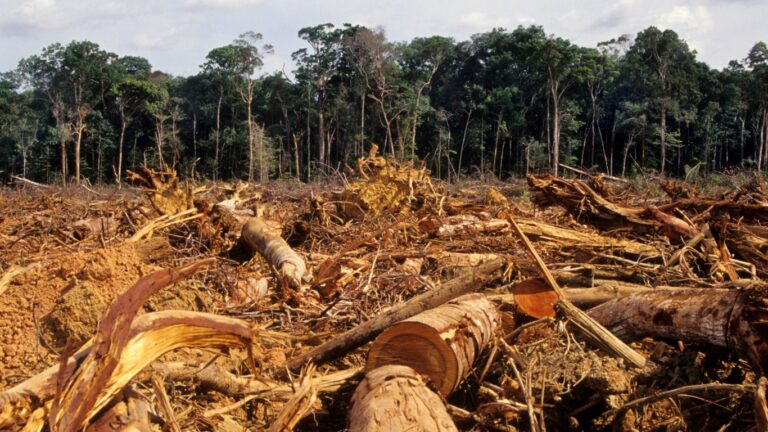Changing farming patterns produce an Amazing phenomenon: trees Perspire and we sweat less

If you go into the woods of western Connecticut, you will find a thick maze of what locals call “stone fences.” Why are they there? Because the forests that cover much of the US — particularly in the South and East — have replaced what used to be agricultural land where early settlers had cut down the original trees to create areas for raising crops and livestock.
MORE ABOUT TREES: Don’t Be A Grinch: Why You Should Be Happy They’re Selling Christmas Trees In Your Nabe
MORE ABOUT TREES: How The Climate Crisis Could Ruin America’s Favorite Holiday Foods
And it is that pattern — where major agriculture transferred west to the more productive and easier-to-farm Great Plains while many people moved to cities — that has produced an amazing phenomenon: That the trees have produced what scientists have called a cooler “warming hole” over much of the eastern U.S., defying the increased heat caused by climate change.
“The reforestation has been remarkable and we have shown this has translated into the surrounding air temperature,” Mallory Barnes, an environmental scientist at Indiana University who led the research, told The Guardian. “The ‘warming hole’ has been a real mystery and while this doesn’t explain all of it, this research shows there is a really important link to the trees coming back.”
The process has taken place over more than 100 years and has also resulted in many areas having more wildlife — deers, turkeys and more — than they did as the 19th Century ended.
It works in two ways. First, the trees suck carbon from the air, thus removing a major ingredient in global warming. And second — and more impactful locally — through something called transpiration, in which water passing up through the trees to the leaves is then released into the air as vapor, thus cooling the surrounding area.
Overall, the scientists reported, the renewed woodlands cool the southern and eastern states by 1C to 2C (1.8F to 3.6F), with the cooling effect being strongest on the hottest days in summer, when trees lower temperatures by 2C to 5C (3.6F to 9F).
“Trees have a really beneficial impact upon surface temperatures through transpiration, which is similar to human sweating, and they have really cooled things off a lot,” Barnes added.
And help us sweat less.
More from ClimateCrisis 247
- Melting Glaciers Could Drive Volcanos
- Foreclosure Rate For Flooded Homes Rises 40%
- Pope Offers New Climate Prayer
- It’s -112 Degrees In The Coldest Place In The World Today






